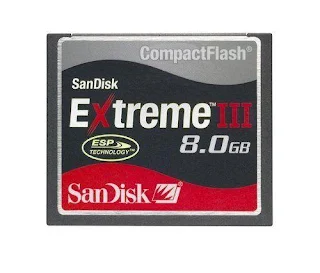Google AdSense Integration With Your Web site Contents:
I wonder why I don’t place ads on pages that had no content, just title and some meta tags one of my client try that and displayed ads on those pages, however. Although all you see are public service ads at first the very act of displaying ads on a page causes the AdSense web crawler to quickly fetch that page for analysis. A page with good content will thus begin showing relevant paying ads fairly quickly.
If you don't have any content, then, Google will have to guess as what your page is about. It may guess wrong, and so the ads that it displays may not be relevant. You'll have to wait until Google re-crawls the site for the ads to correct themselves. Here is what Google had to say when I asked them about how often the AdSense crawler updates a site:
Thank you for taking the time to update your site. New ads will start appearing on your site the next time our crawler re-indexes your site. Unfortunately at this time, we are unable to control how often our crawlers index the content on your site.
Crawling is done automatically by our bots. When new pages are added to your website or introduced to the AdSense program, our crawlers will usually get to them within 30 minutes. If you make changes to a page, however, it may take up to 2 or 3 weeks before the changes are reflected in our index. Until we are able to crawl your web pages, you may notice public service ads, for which you will not receive any earnings.
Integrate ads into your navigation:
I was discussing this issue with one of my best colleague name Asim Jilani’ and he said that common wisdom comes into this one a small piece because slapping on advertisements that look nothing like your sites content with completely unrelated colors can make them stick out like a raw thumb, but in a bad way. I guess the true art of integrating them into your layout designs is to place them near your actual navigation links.




